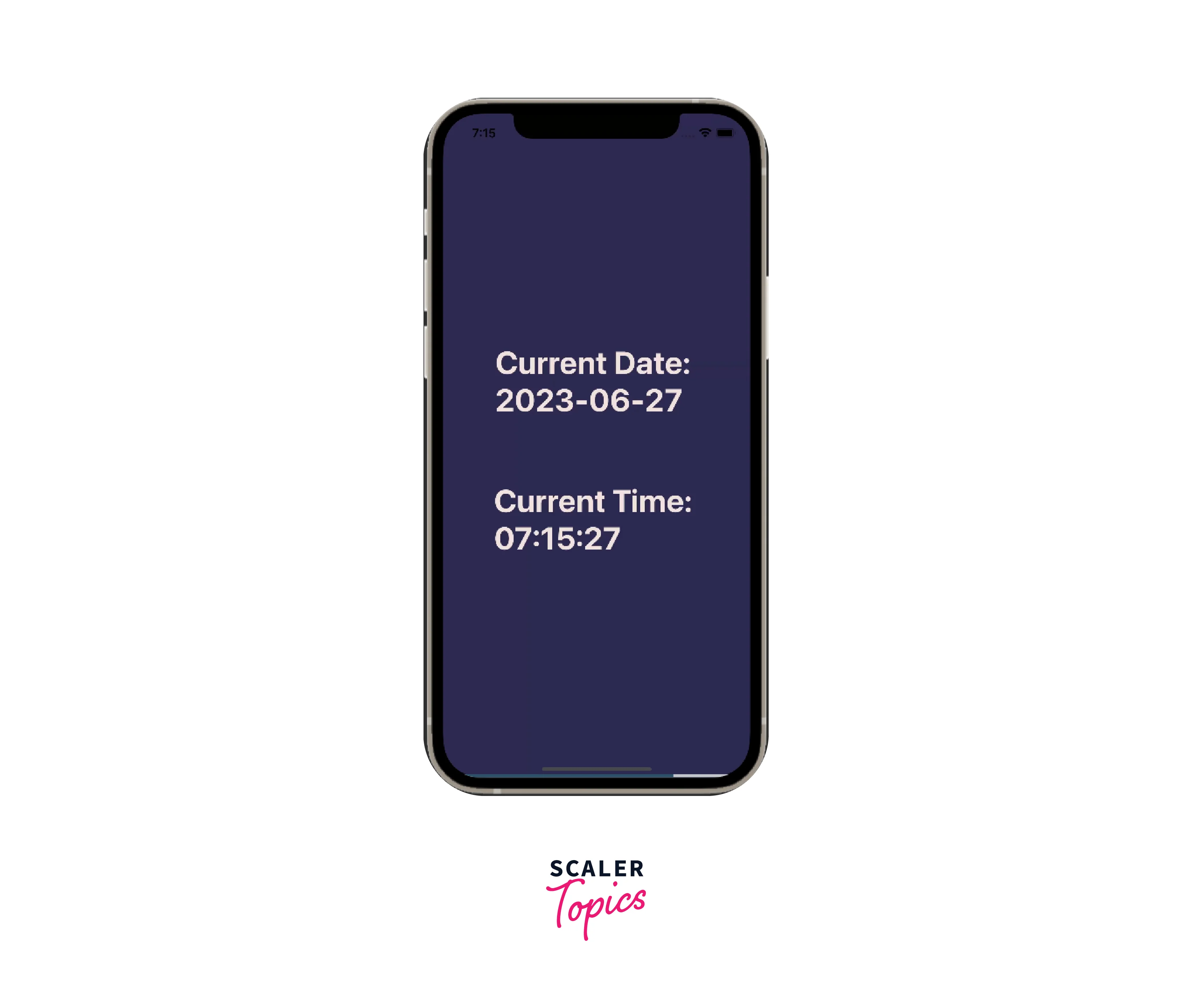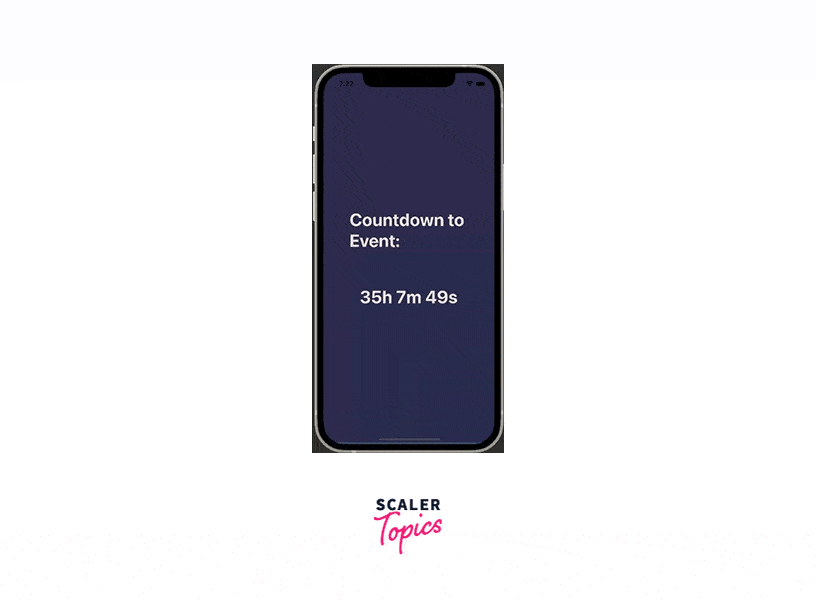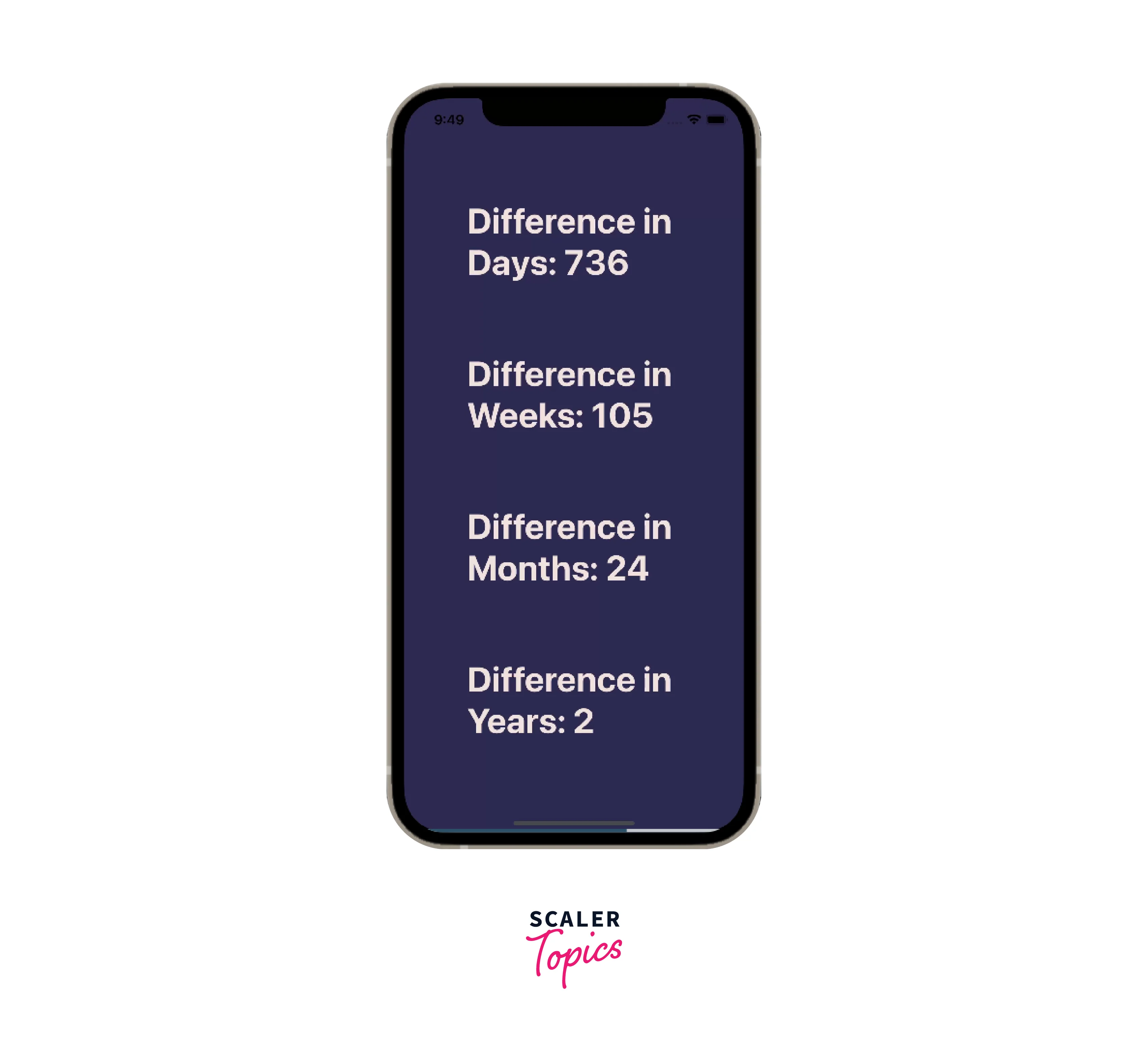Using Moment JS in React Native
Overview
Dealing with dates and times in React Native can be challenging. Thankfully, there's a handy solution called Moment.js. It is a popular JavaScript library that simplifies working with dates and times by providing a range of powerful features and utilities. In this article, we'll explore how to integrate Moment.js into your React Native projects to handle various date and time-related tasks with ease. Whether you need to format dates, calculate durations, manipulate time zones, or perform other time-related operations, Moment.js has got you covered. Let's dive in and see how Moment.js can enhance your React Native development experience.
Installation: How to install Moment.js
To install Moment.js in your React Native project, you can use either npm or yarn. Here are the installation commands for both package managers:
Using npm:
Using yarn:
After running the respective command, Moment.js will be installed in your project, and you can start using it to handle dates and times in your React Native application.
JavaScript Date
Date
Moment react native allows you to work with dates, parse date strings, and format dates in various ways.
Output
Time
Moment react native also provides methods to work with time, allowing you to retrieve and manipulate the time component of a date.
Output
Calendar
Moment react native simplifies working with calendars, providing methods to retrieve specific calendar-related information, such as day of the week, month, or year.
Output
The moment() function creates a new Moment.js object representing the current date and time.
The format() method is used to format the date, time, or calendar component according to a specified format string. The format string consists of various tokens, such as YYYY for the four-digit year, MM for the two-digit month, DD for the two-digit day, HH for the two-digit hour, mm for the two-digit minute, ss for the two-digit second, dddd for the full name of the day of the week, MMMM for the full name of the month, and so on.
By calling the format() method on a Moment.js object, you can retrieve the formatted value of the desired component.
Let's create a react native application utilizing these methods. Paste below code in App.js:
Output

In the code above, we import Moment.js using the import statement. Then, within the App functional component, we utilize Moment.js to get the current date and time.
We use the moment() function without any arguments to create a Moment.js object representing the current date and time. We can then format the date and time using the format() method with the desired format string.
Integrating Moment.js with React Native
To demonstrate how to integrate moment.js with react native. We are creating a CountdownTimer component that displays a countdown to a specific event.
Paste below code in App.js:
In the above code
- We use the useState hook to maintain the countdown state in the component.
- In the useEffect hook, we set the target date and time for the event using Moment.js. Here, we set it to 1 day from the current date and time, at 18:30 (6:30 PM).
- We start a timer using setInterval that updates the countdown every second. Inside the timer function, we calculate the duration between the current time and the target time using Moment.js.
- We format the duration into hours, minutes, and seconds and set it as the countdown state using setCountdown.
- When the component unmounts, we clean up the timer using the clearInterval function. Finally, we render the countdown in the component's JSX.
Output

Difference Between Two Dates
To get the difference between two dates using Moment.js in React Native, you can utilize the diff() function. Here's an example that demonstrates how to calculate the difference between two dates:
In the example above, we have the DateDifference component that calculates the difference between two dates using Moment.js.
- We define two dates, date1 and date2, using the moment() function. The first parameter represents the date string, and the second parameter is the format in which the date is provided ('YYYY-MM-DD' in this case).
- We calculate the difference between the two dates using the diff() function. The first parameter is the date to compare against (date1), and the second parameter is the unit of measurement for the difference ('days', 'weeks', 'months', 'years').
- We store the differences in variables: diffInDays, diffInWeeks, diffInMonths, and diffInYears.
Output

Conclusion
- React Native moment is a powerful JavaScript library that simplifies working with dates, times, and calendars in React Native applications.
- With react native moment, you can easily parse, format, manipulate, and display dates and times in various formats.
- It provides a range of methods for performing common date-related operations, such as calculating differences between dates, adding or subtracting time intervals, and formatting dates according to specific patterns.
- React native moment offers extensive support for different locales, allowing you to handle internationalization and localization of dates and times in your React Native app.
- Integrating Moment.js into your React Native project is straightforward by installing it as a dependency and importing it into your code.
